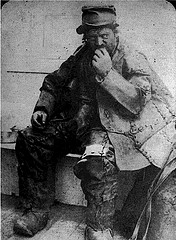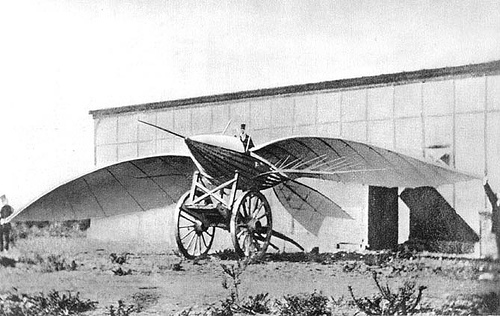One of the officers of Haslar Hospital being dangerously ill, a medical gentleman who was attending him, had occasion, about two o’clock on Saturday morning, the 25th of December, 1814, to send the nurse from the officer’s house to the dispensary; the weather being bad, the nurse wrapped herself round with a piece of red baize, with which she covered, in part, a candle and lantern, to prevent the light from being blown out, as the wind was very high. The rays of light issuing from the red covering, to the imagination of a sentry at a distance, she appeared a terrific spectre; and as she approached him his fear so increased, that he ran from his post with haste to the guard-house, where, in about half an hour, he expired!
— Courier, Dec. 28, 1814





